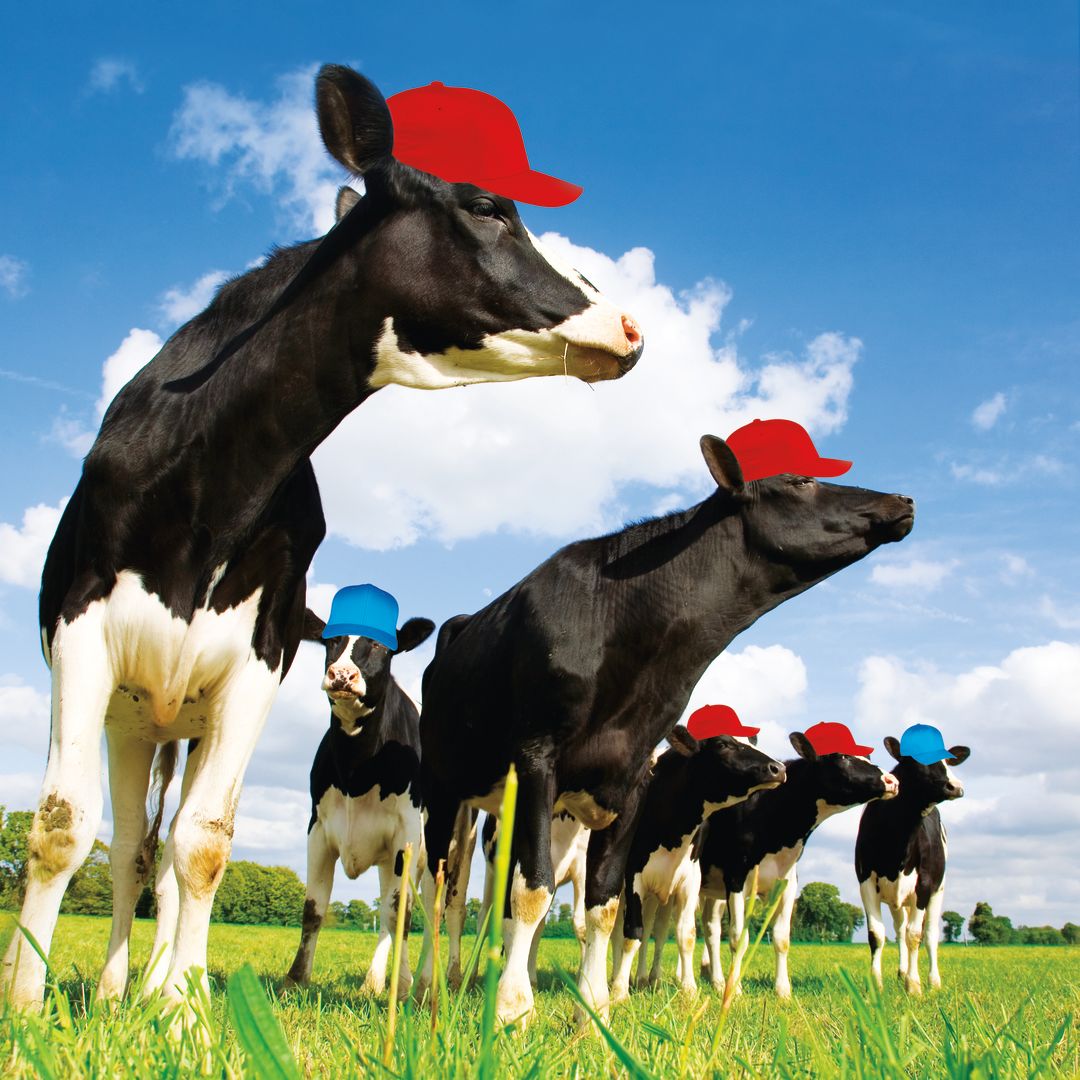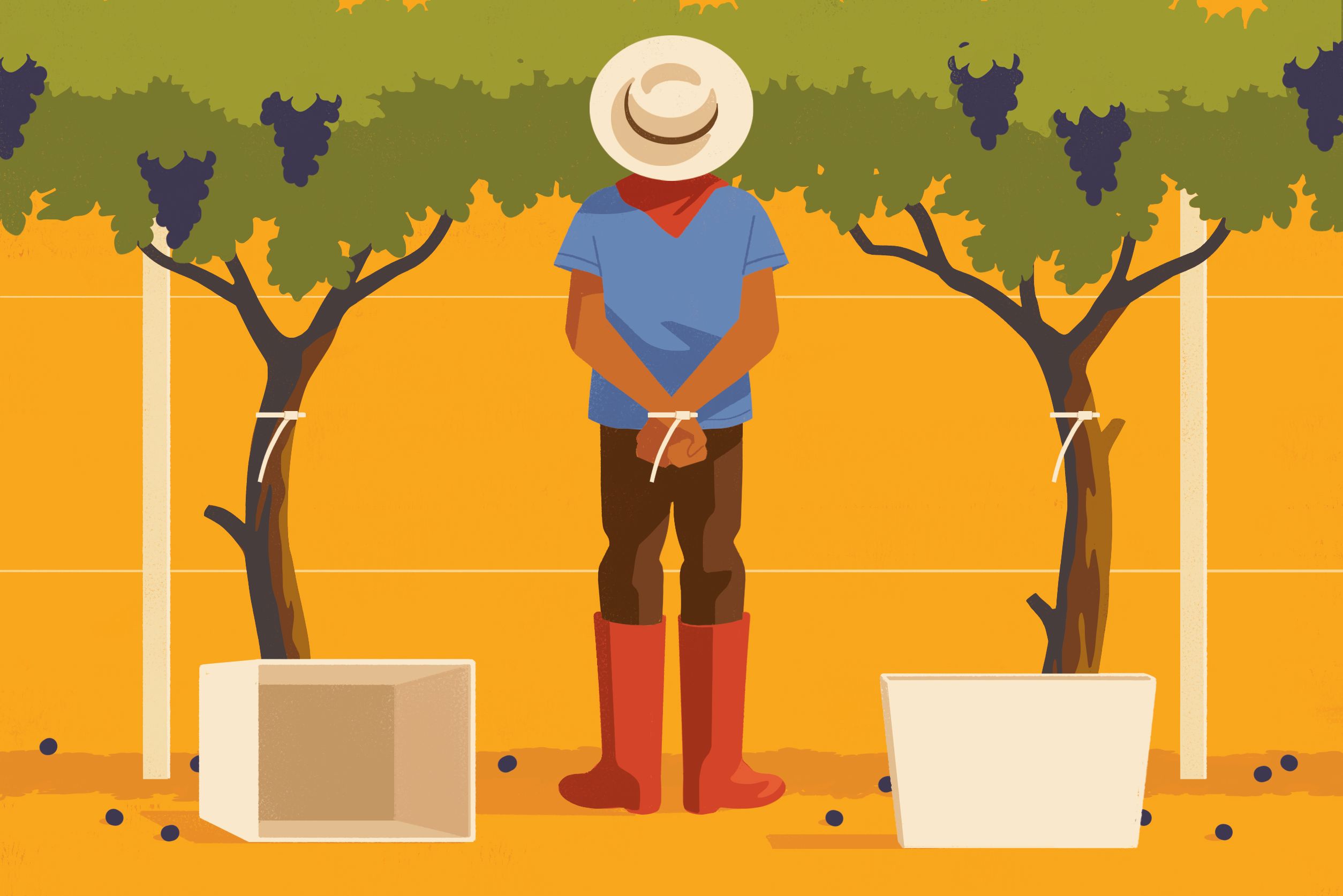Why Tillamook County Voted for Obama—Then Trump

Oregon’s 2016 election map looks almost the same as it did in 2012: blobs of cool blue around Portland, Salem, and Eugene, surrounded by a sea of crimson. Well, almost the same.
Even as the state’s liberal-leaning population hubs pushed our seven electoral votes into Hillary Clinton’s column, two 2012 blue counties turned Donald Trump red: Columbia, northwest of Portland along the namesake river, and Tillamook—the dairy-farming, cheesemaking county self-dubbed “Nature’s Playground of the Oregon Coast.”
Tillamook, where Trump won by just over 700 votes (a near mirror image of Barack Obama’s 2012 margin over Mitt Romney), provides a case study of the divisions within Oregon and the nation that November’s result highlighted. On one hand, it includes a number of Oregon’s most popular vacation towns: Manzanita, Nehalem, and Rockaway Beach, along with unincorporated Oceanside and Pacific City, drawing weekenders like so many riptides. “New people moving into north county are the more affluent type of Democrat,” says David McCall, chair of the county Democratic Party.
But economically, the dairy and timber industries still loom large. According to the county’s Economic Development Council, more than 60 percent of county workers earn a living in some sort of blue-collar job. Only 21 percent have bachelor’s degrees, compared to the state average of 30.8 percent. Some of those voters channeled general and specific frustrations in the presidential race—even if they’re not Republicans.
“Tillamook County has never been a real blue or red county,” says McCall, noting that the area’s registered voters are split roughly into thirds, among Democrats, Republicans, and third parties or unaffiliated. “The fact is that the largest group of registered voters we have is still Democrats.” Deborah Boone, the Democrat who represents Tillamook’s northern half in the state House, won reelection on November 8. “The economic recovery hasn’t been as strong in some of these areas,” Boone says, also noting that Tillamook’s Republicans ran a good ground game. “I think people were very disgruntled with the do-nothing Congress.”
Thomas M. Donohue, chair of the Tillamook County Republicans, who says he was as surprised as anyone to see the county go for Trump, offered a more specific explanation in an e-mail.
“FEMA has redrawn the flood maps here as a result of a 100 year flood we had a few years ago,” he writes. “No bank will lend money to a farm in the new floodplain maps, and flood insurance in these new areas is so high that one can’t do business. A farmer couldn’t even sell his farm if he wanted to, ruining their retirement options.” Donohue adds, “Coastal counties, including Tillamook County, have always been natural resources counties, dependent on timber, farming, and fishing.”
In the end, Tillamook faces the same unknown all Americans do: exactly how our new president’s divisive campaign will translate into governance. “I don’t think the majority of people believed he was gonna build a wall and have Mexico pay for it,” says McCall. “I don’t think they believed he was gonna have a list of Muslims. I think it was a vote against the establishment rather than a vote for anything he said.”




